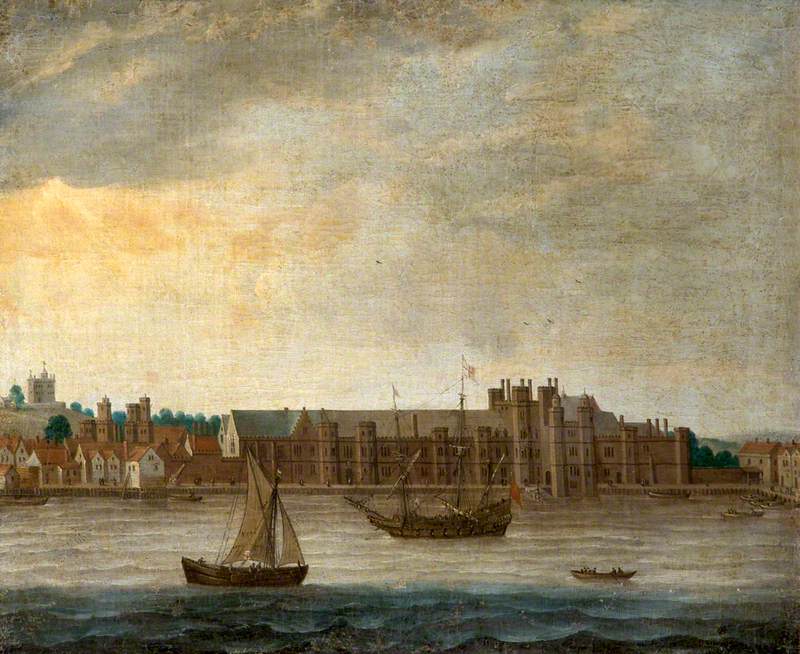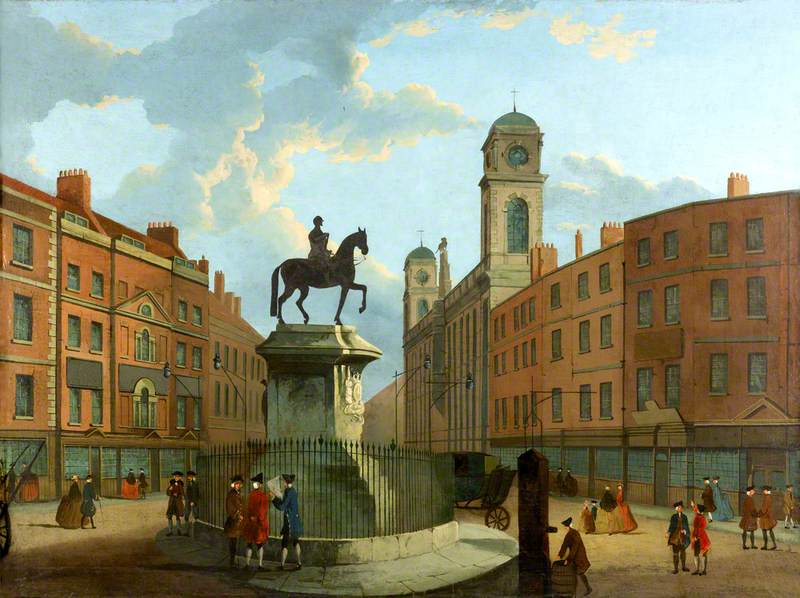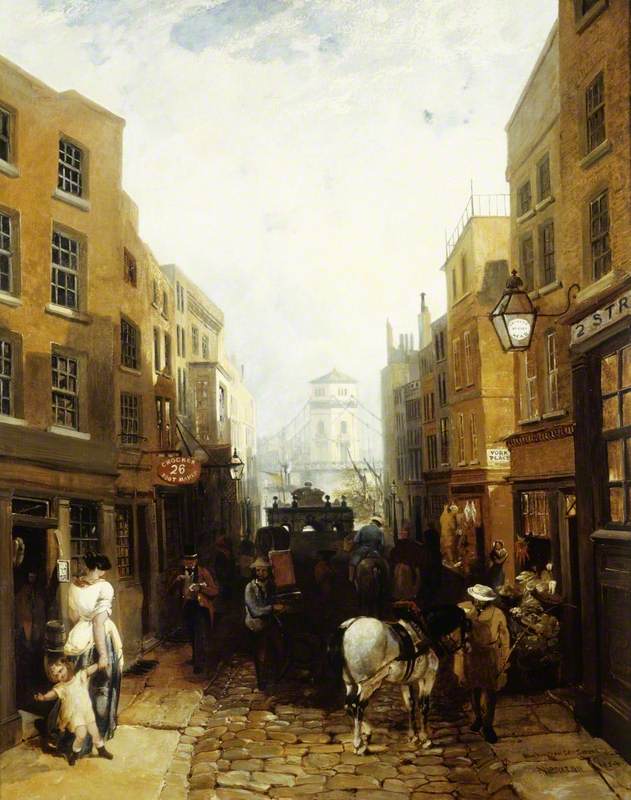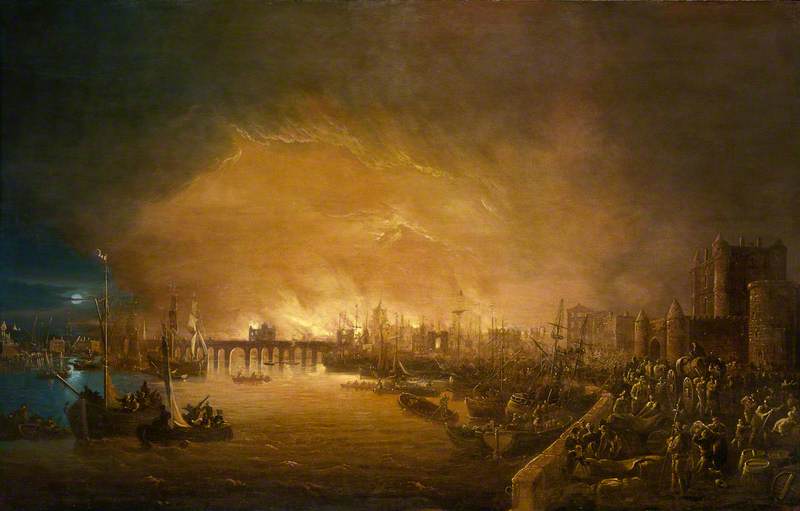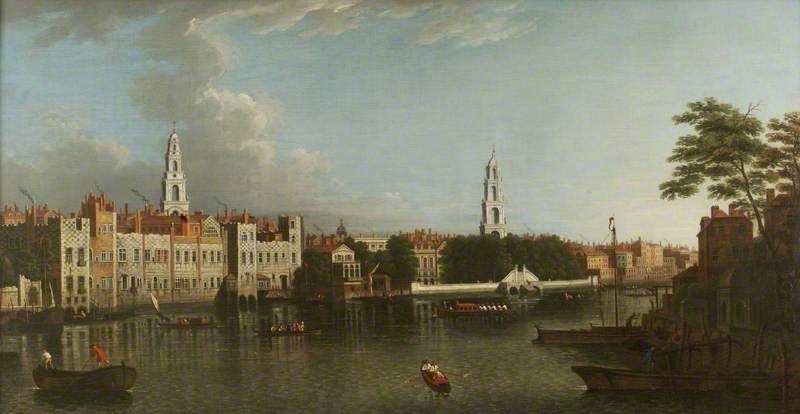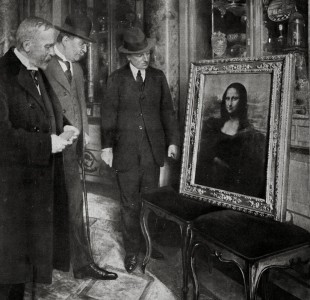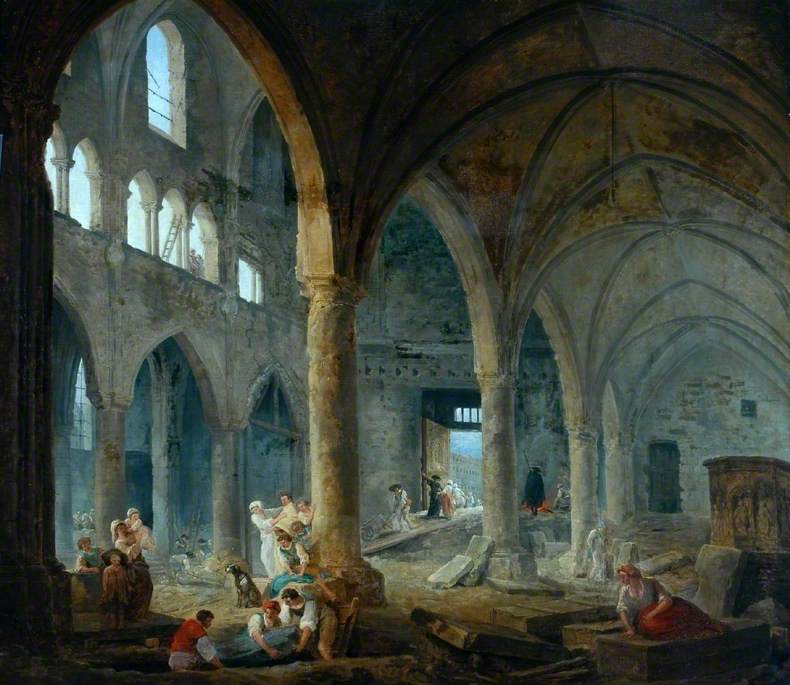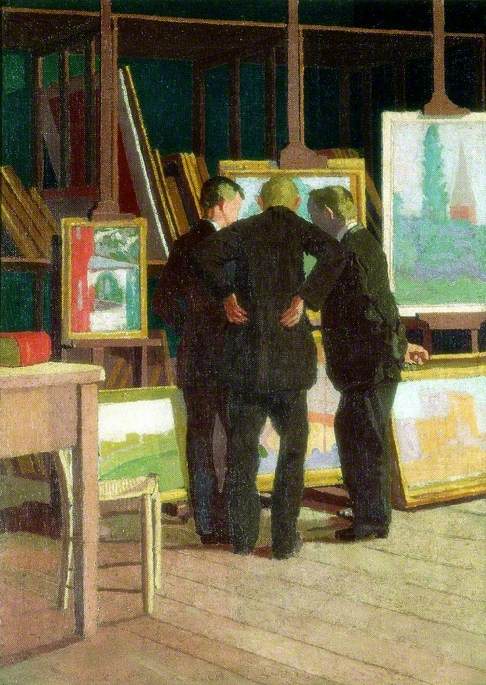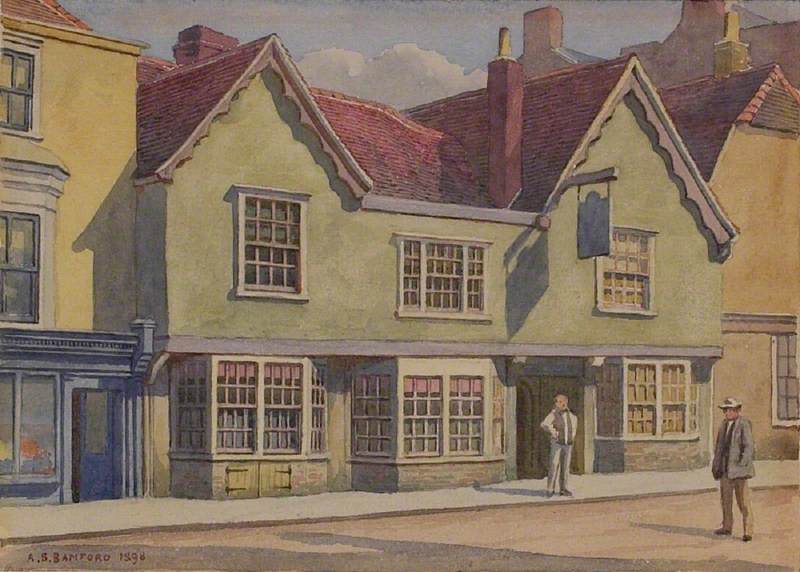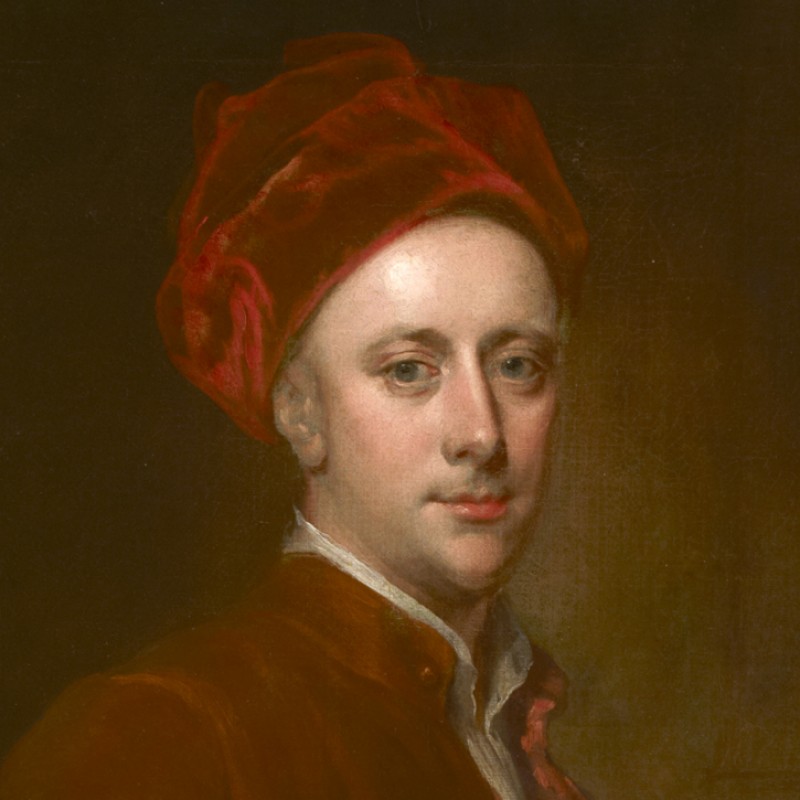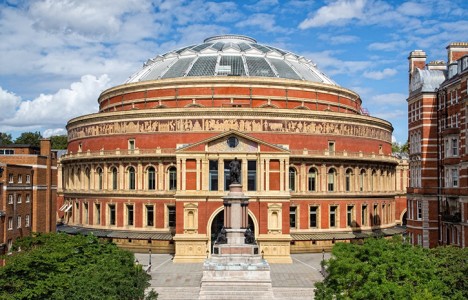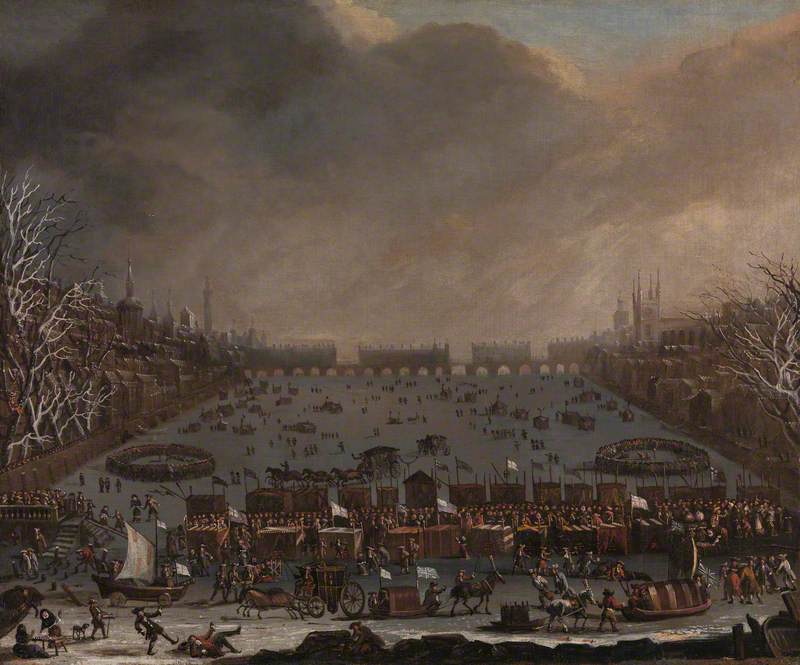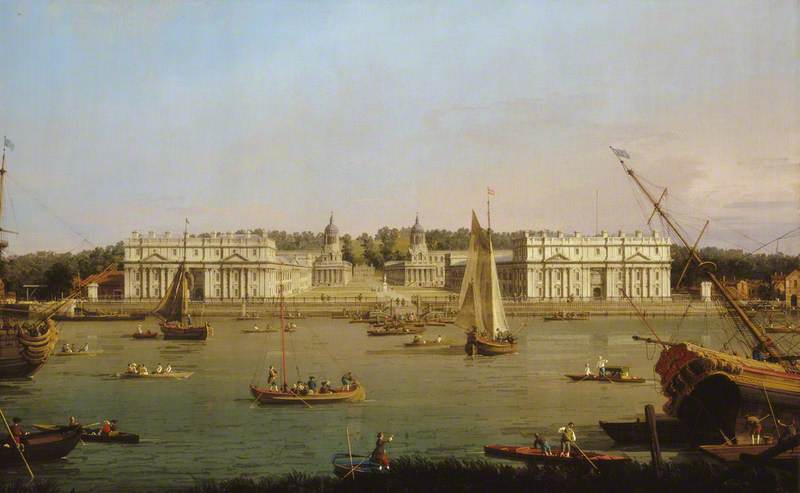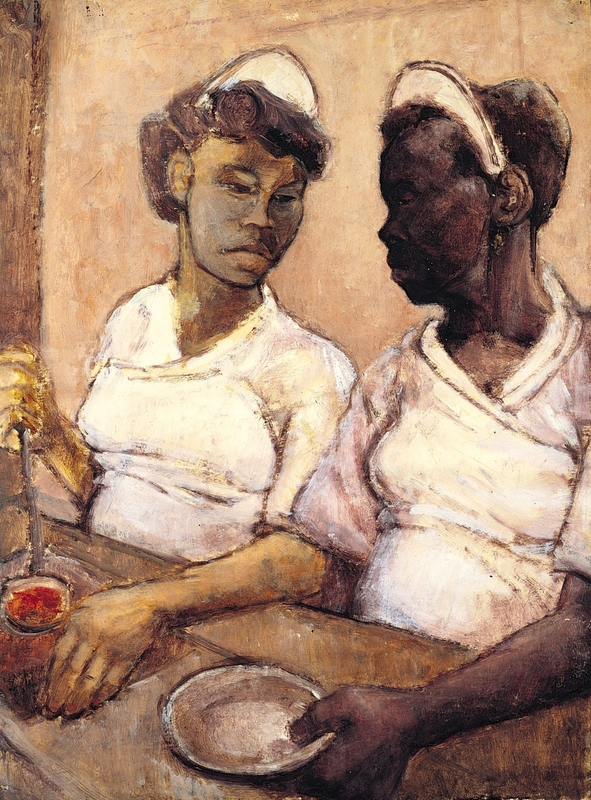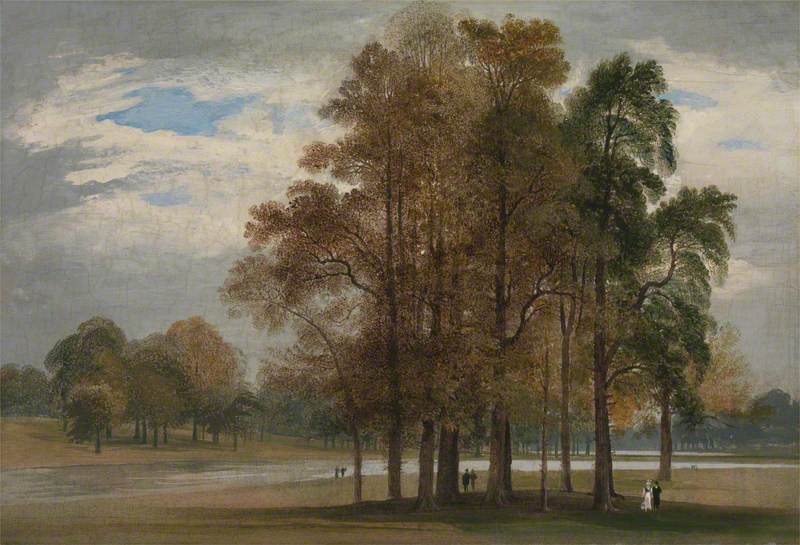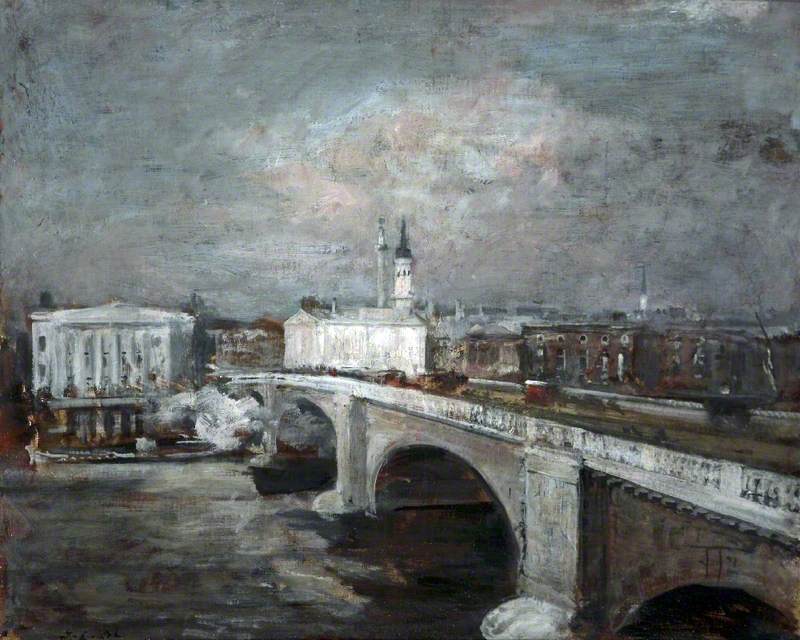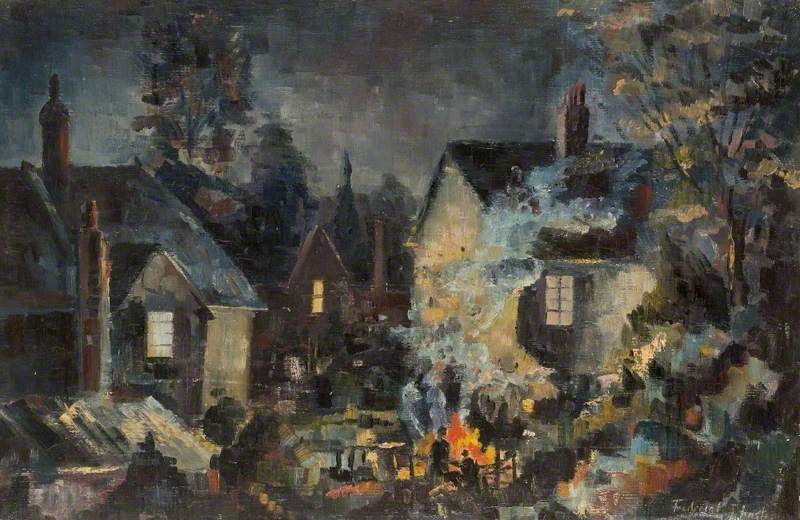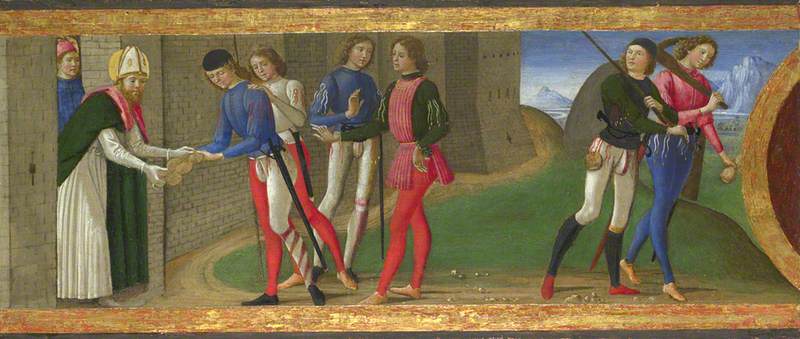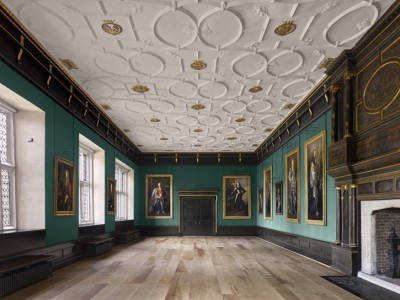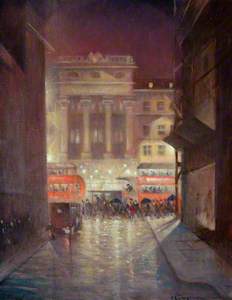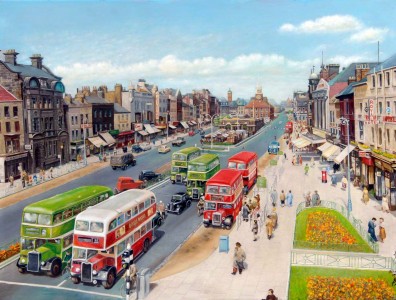I was fortunate enough to study history of art at The Courtauld, which is housed at Somerset House on The Strand in London. I loved the feeling of attending seminars in a palace (a fantasy for us Americans, with no proper palaces of our own), of trundling down the steps into the library, replete with the scent of old books and leather satchels and perfume (it felt like 95 per cent of the student body there consisted of elegant young ladies).
Walking across the courtyard, which was converted into an ice-skating rink come wintertime, passing through the cafe at the far side and emerging onto the terrace overlooking the Thames and the Brutalist, though beautiful in its own way, National Theatre across the river felt cinematic. What a privilege for me to have called that my intellectual home for a year!
Charing Cross and Northumberland House from Spring Gardens, London
18th C
British School 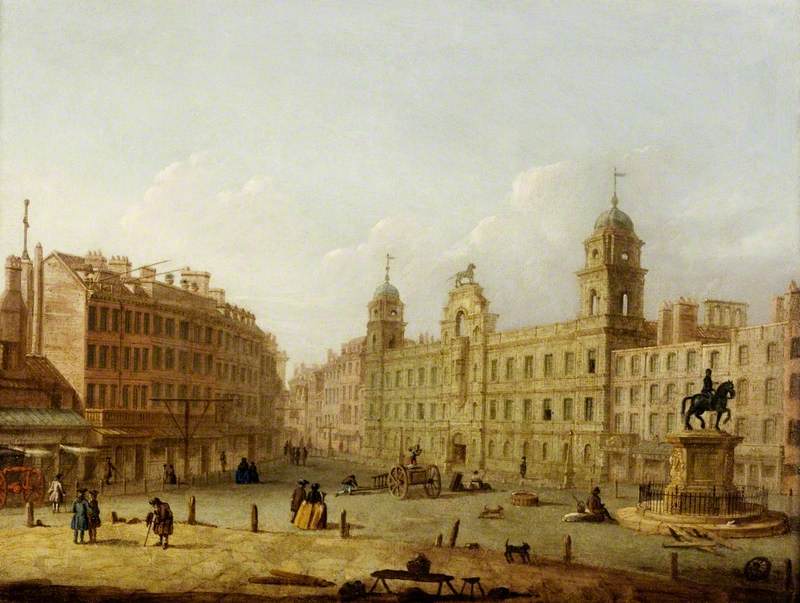
But turning left and right from that perch on the terrace, what I saw as a postgraduate student back in 2002 was a very different sight from what those would have spied back in the early seventeenth century, the period of art history that I was studying. For few realise that this magnificent palace was just one of many built from the twelfth century on. If a Harry Potter moment might have occurred, the act of my crossing the courtyard transporting me back a few centuries in
There was Arundel House, the seat of the Royal
The Outer Temple of the Knights Templar was converted into a mansion called Essex House, which was demolished in 1674. Savoy Palace housed the renowned right-hand man of Richard II, John of Gaunt, said to be the most magnificent house of any nobleman in England, before it was destroyed during the Peasants’ Revolt in 1381, led by Wat Tyler. It would be rebuilt in 1512 as the Savoy Hospital, but was ill-kept and knocked down in 1816, making way for what is now the Savoy Hotel.
This is not to mention Cecil House, Exeter House, Hungerford House, Northumberland House, Salisbury House and more. Try to imagine the swath of London real estate from the Strand down to Charing Cross Station, awash with palaces, each more lavish than the next, all opening to the Thames.
All but Somerset House were demolished by the seventeenth century, when this area was no longer fashionable for the nobility, who moved towards London’s West End, ceding the Strand to plotters in pubs – the 'Duck and Drake' tavern was where the renegades of the Gunpowder Plot liked to meet, and the Levellers connived against Charles I at the 'Nag’s Head'.
A shift in city planning turned this pocket of wondrous houses, packed with art and life, into a decidedly less aristocratic, though also lively, neighbourhood, featuring restaurants and cafes, including Twinings, after which the famous tea brand is named. When King’s College was founded in 1828, the Strand shifted to a student neighbourhood.
View of the Thames with the Old Palace of Whitehall Looking towards Lambeth, London
early 17th C
British (English) School 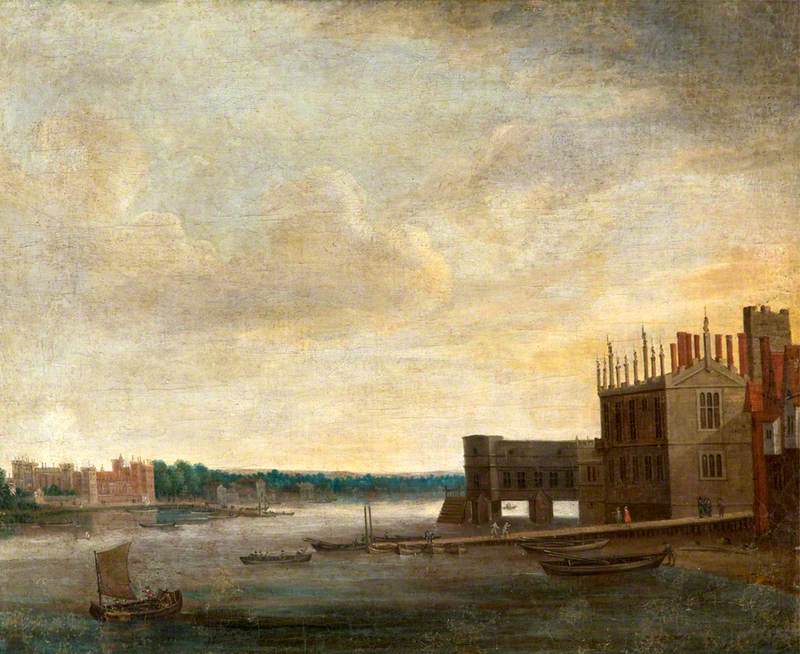
With all these changes, we have
For the art that happens to have survived the centuries and millennia, largely through chance, is not necessarily the most important to have ever existed. We have a ‘survivor’s bias’ in favour of extant art and monuments and buildings, but it offers a skewed view of history, and risks ignoring magnificent creations that were crucial to history, simply because we can no longer visit them.
Dr Noah Charney, professor, author and specialist in the history of art crime
Noah was the guest for our podcast episode discussing art crimes and lost art
